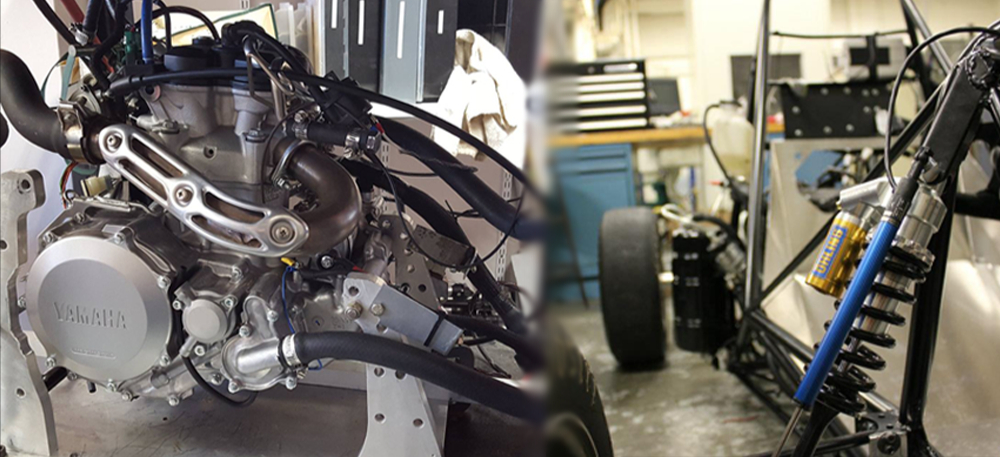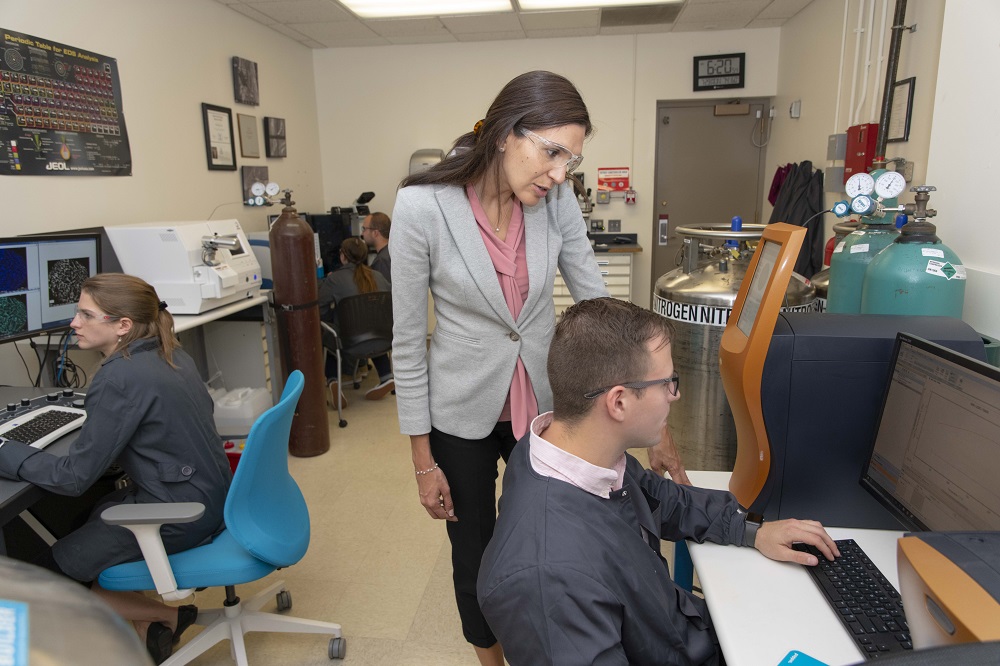Worcester Polytechnic Institute (WPI) will host the 2014 meeting of the Cold Spray Action Team (CSAT) June 18-19, 2014. CSAT is a consortium of the major cold spray developers and users from across the United States. The annual meeting will provide an opportunity for about 200 representatives from industry, government, the military, and academia to review recent developments in the field and explore new directions in cold spray research, development, and applications. The meeting will take place in the Rubin Campus Center Odeum.
In the cold spray process, metal powders are accelerated to transonic speeds. When the high-speed spray is aimed at metal parts, the powder particles fuse with the existing metal, making the technique an effective way to repair cracks and defects or to add a protective coating. The Cold Spray Action Team meeting will focus on the use of cold spray in structural repair and additive manufacturing, and attendees will learn how cold spray can be used to produce bulk nanostructured materials. The technique is called cold spray because the process temperatures typically remain well below the melting point of the metals involved.
Richard D. Sisson Jr., George F. Fuller Professor of Mechanical Engineering and director of WPI's Materials Science and Manufacturing Engineering programs, is the meeting's host; Victor Champagne, advanced materials and processes team leader at the U.S. Army Research Laboratory, is the technical program chair.
Speakers from Boeing, Sikorsky, the United Technologies Research Center, the U.S. Army Aviation and Missile Research and Development and Engineering Center, the Office of Naval Research, Rowan University, WPI, and other organizations will present programs on such topics as the use of cold spray to repair magnesium parts for the UH-60 helicopter and the transmission gearbox for the Apache helicopter; the development and cold spray of high-strength magnesium powders; and the introduction of an improved aluminum cold spray alloy.
On Thursday, June 19, attendees will tour Mid-America, a subsidiary of MOOG, in Webster, Mass., which has been selected as the demonstration site for the world’s most sophisticated cold spray facility. Developed with support from the Office of Secretary of Defense manufacturing technology program and managed by the Army Research Laboratory, the automated facility uses a gantry robot to control the operations associated with the repair and additive manufacturing of cold spray components.


